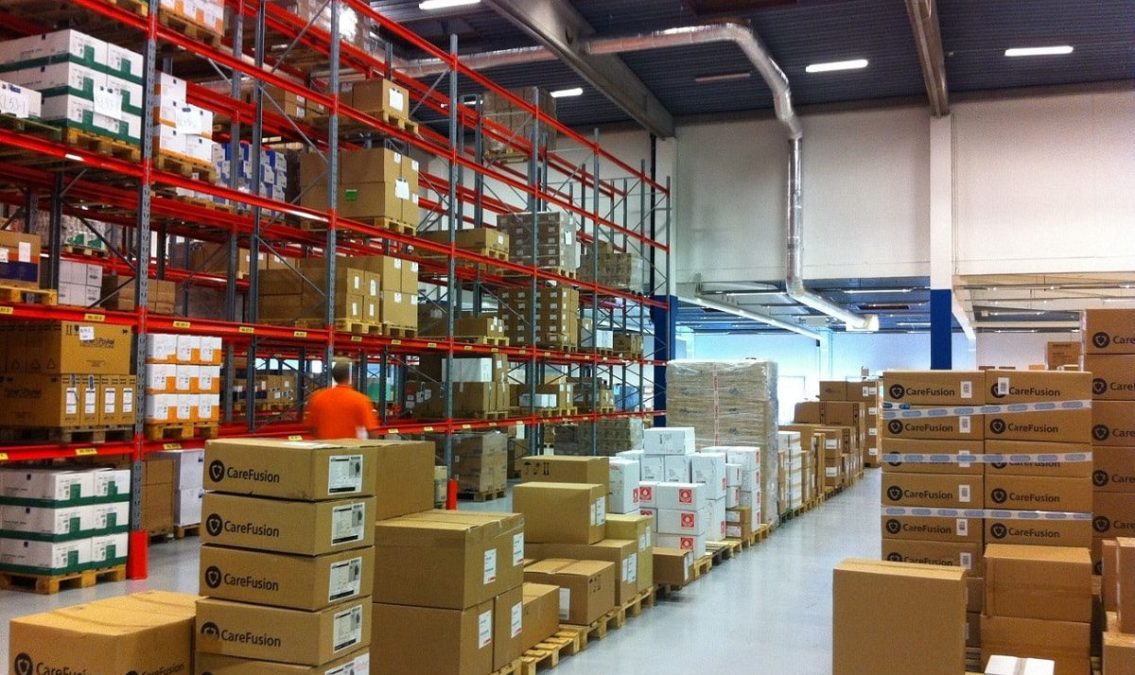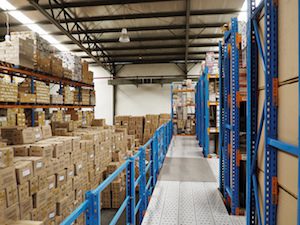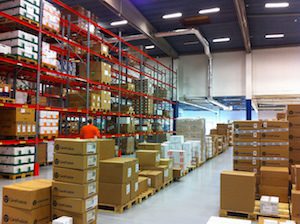What is Inventory Management? Why is It Important


Inventory management is a critical component of business operations that can significantly impact a company’s efficiency, profitability, and customer satisfaction. This article delves into the intricacies of inventory management, exploring its definition, importance, and various strategies employed by businesses to optimize their stock levels.
From small retailers to large manufacturers, understanding and implementing effective inventory management practices is essential for maintaining a competitive edge in today’s fast-paced market.
We’ll examine how proper inventory control can reduce costs, improve cash flow, and enhance overall business performance, while also discussing the challenges and evolving technologies shaping this vital aspect of supply chain management.

Inventory management is a component of supply chain management that involves supervising non-capitalized assets, or inventory, and stock items. Specifically, “inventory management supervises the flow of goods from manufacturers to warehouses and from these facilities to point of sale.”
Thus, inventory management hinges on detailed records of products or parts as they enter and leave warehouses and points of sale.
Inventory management is critical to the bottom line because inventory is a major asset that remains an investment until the products sell. Several costs are tied to inventory management because businesses must store, track, and insure inventory.
Overall, best practices in inventory management involve sound purchasing plans to guarantee items are available when they are needed without having too few or too many on hand and the necessary tools for tracking existing inventory.
There are two common inventory management strategies: the just in time method and the materials requirement planning method.
The just in time method (JIT) of inventory management involves companies planning to receive items as they are needed instead of maintaining high levels of inventory. One benefit of this inventory management method is that companies do not have a great deal of money tied up in inventory levels; they reduce storage and insurance costs and the cost of liquidating unused inventory. Another benefit of the just in time method is that companies reduce waste.
Challenges of the just in time method of inventory management come into play when manufacturers and retailers have to work together to monitor the availability of manufacturing resources and consumer demand. Just in time inventory management also is considered risky because companies take a gamble with being unable to fill orders; being out of stock reduces revenue and may harm customer relations.
The materials requirement planning method (MRP) of inventory management involves companies scheduling material deliveries based on sales forecasts. Typically a computer-based inventory management system, MRP breaks down inventory requirements into planning periods so that production can be completed efficiently while keeping inventory levels and storage costs at a minimum. Another benefit of MRP inventory management is that it aids production managers in planning for capacity needs and allocating production time.
One of the most significant disadvantages of the MRP inventory management method is that the systems often are expensive and involve a time-consuming implementation period. It also may be challenging for companies to put quality information into the MRP system to gain accurate forecasts; to reap the full benefits of MRP inventory management, organizations must be prepared to maintain current and accurate bills of materials, part numbers, and inventory records.

Companies that continue to rely on manual inventory tracking with spreadsheets run the risk of data entry errors, shipping mistakes, and lack of inventory knowledge. Thus, implementing inventory management best practices is important for business success and the bottom line:
Inventory management is critical to a company’s success and bottom line. Determining which inventory management method is better suited to your business and following through with inventory management best practices is key to successful inventory management for the long term.
Our sales engineers are experts in automatic asset tracking, tagging and identification,a nd can answer all your questions. Get in touch now.
Lets Talk ›Enter your information and get a free checklist of the top questions to answer and tips to plan a successful asset tagging project for any asset management or tracking system implementation.